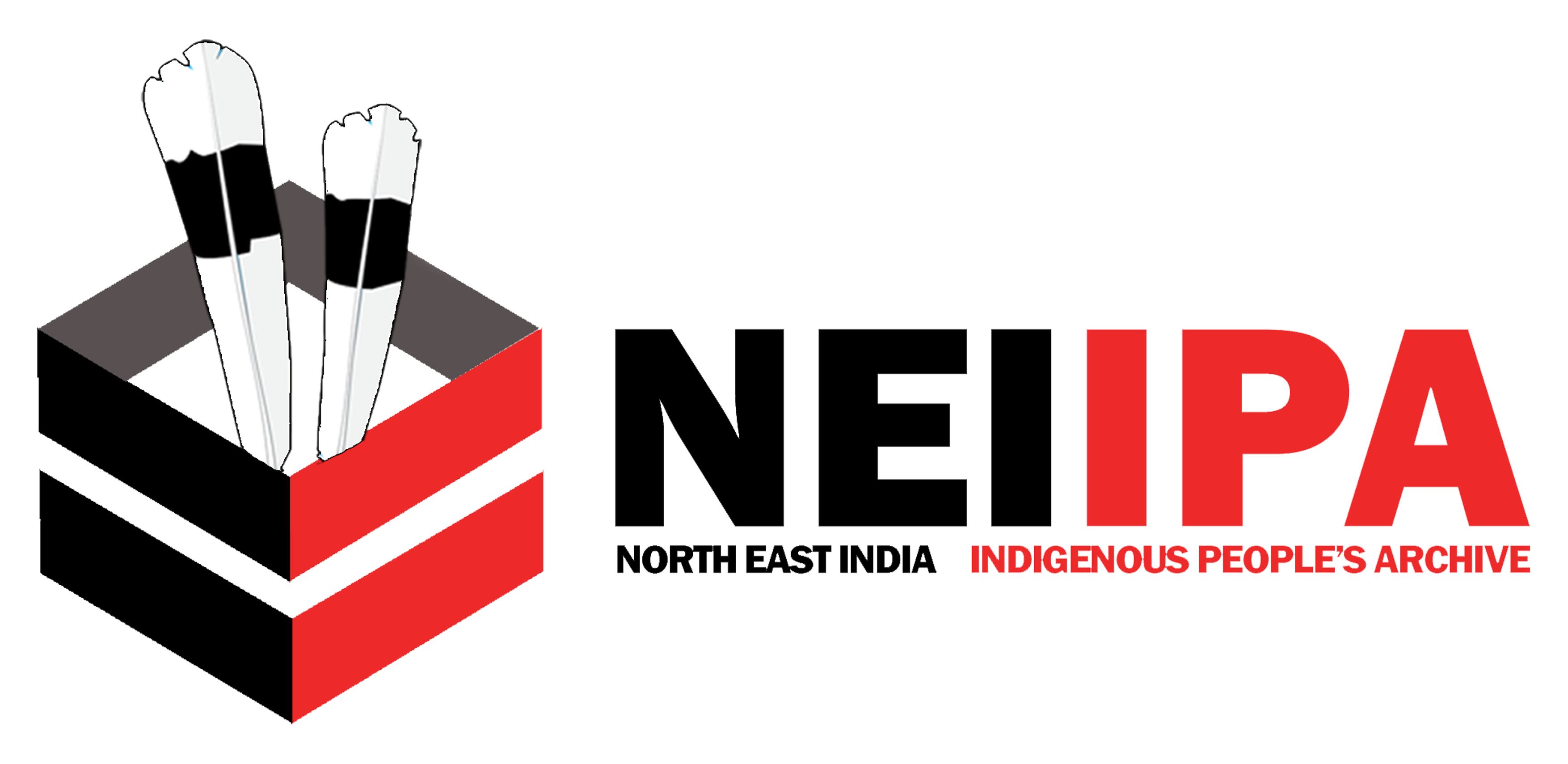Liangmai is one of the Naga tribes living in a contiguous area in southern Nagaland and north western Manipur states. According to the census of India 2011, there are 49,811 Liangmai speakers. The population is found in Tamei sub division under Tamenglong district of Manipur and with a significant population in the present districts of Senapati and Kangpokpi in Manipur and Peren district in Nagaland. As per the Census of India 2011, there are 49475 Liangmai speakers in Manipur and Nagaland. Before 2012, Liangmai and a related tribe called Zeme were grouped together and officially known as Kacha-Naga in Manipur, while the same two tribes are officially called as Zeliang in Nagaland. Since 1980s, there had been a strong effort from the communities to do away with the misnomer Kacha-Naga5. The Constitution (Scheduled Tribes) Order (Amendment) Act, 2011 of the Parliament of India, and the subsequent notice by The Gazzette of India dated 9th January 2012, this misnomer ‘Kacha-Naga’ was removed and the correct nomenclature(s) as ‘Liangmai’ and ‘Zeme’ were separately and constitutionally recognized6 for the two tribes in Manipur. However, in Nagaland state government document, Liangmai and Zeme are still clubbed together and they are known as Zeliang.
The ISO 639-3 code for Liangmai is njn, and the Glottocode is lian1251. Bradley (1997: 29) placed Liangmai under the sub grouping within the Southern Naga group of Tibeto-Burman Languages. More recent work on the classification by Post and Burling (2017) categorized Liangmai under the Western Naga [Zeliangrong]. Languages listed under this group by Post and Burling are Zeme [Empeo, Kachcha], Mzieme, Liangmai, Nruangmei [Rongmei, Kabui], Puiron, Khoirao [Thangal] and Maram. Some other Naga languages, though they are not all placed together under any sub group by Bradley or Post and Burling, are nevertheless linguistically close to Liangmai based on the author’s intuition as a native Liangmai Naga speaker. These languages are Zeme, Rongmei, Thangal, Maram, Mao, Poumai, Chakhesang, Rengma, and Angami while languages like Ao, Lotha, Tangkhul and Sumi are a little less close to Liangmai.
At present, Liangmai language is being transferred from parents to children in many villages. However, the sustainability of the language is uncertain. Most of the speakers today have a great enthusiasm to preserve and promote their language but in practice it cannot match their enthusiasm. Primarily, due to the lack of economic opportunity in their language, major languages like English, Hindi, Nagamese and Manipuri (also known as Meitei) are given a huge importance in every domain.
Reference:
Mataina, W. (2022). Liangmai phonology: An overview. Himalayan Linguistics, 21(2). http://dx.doi.org/10.5070/H921252177 Retrieved from https://escholarship.org/uc/item/33q9g6m4The gazette of India, Ministry of Law and Justice (2012) (https://tribal.nic.in/DivisionsFiles/clm/25.pdf)

